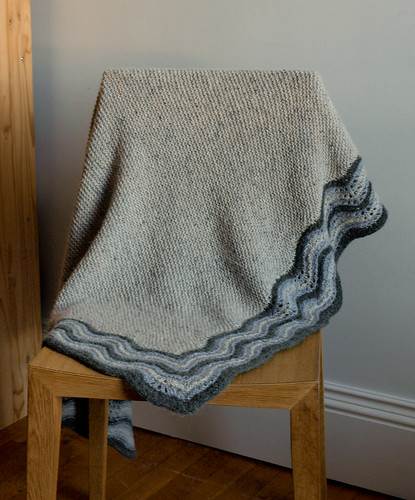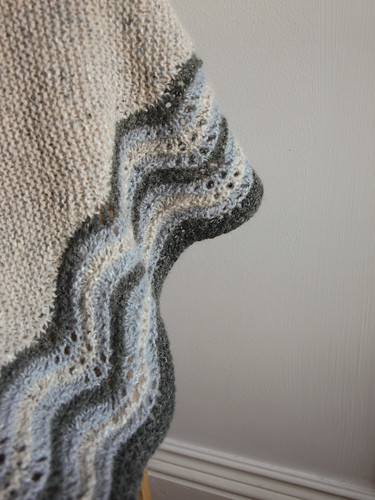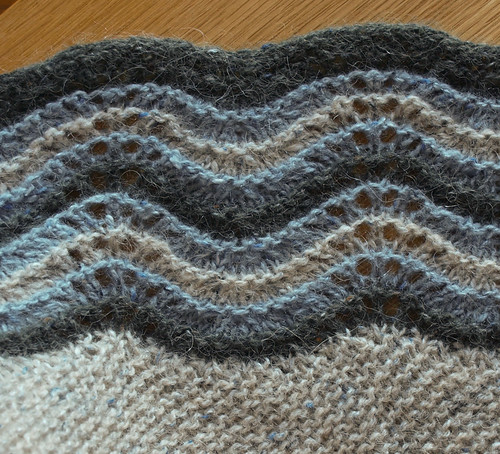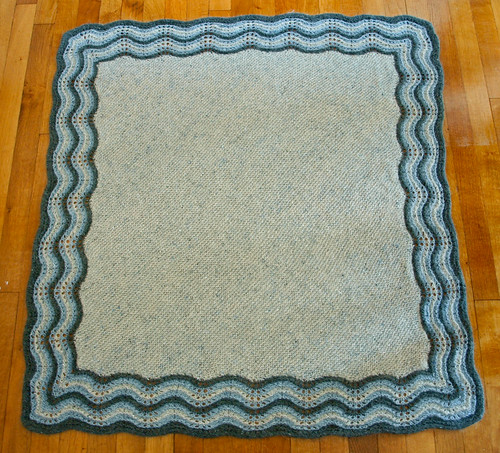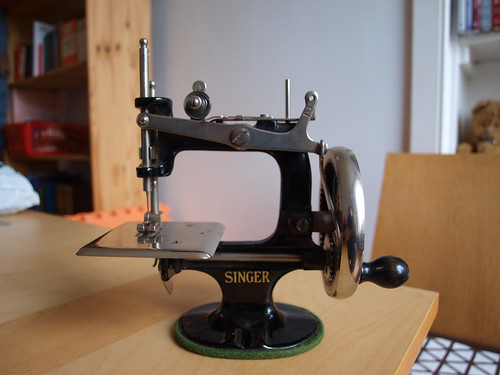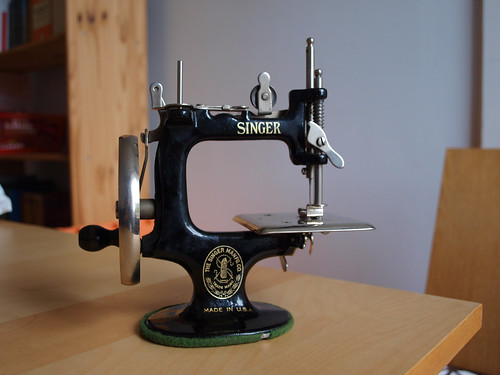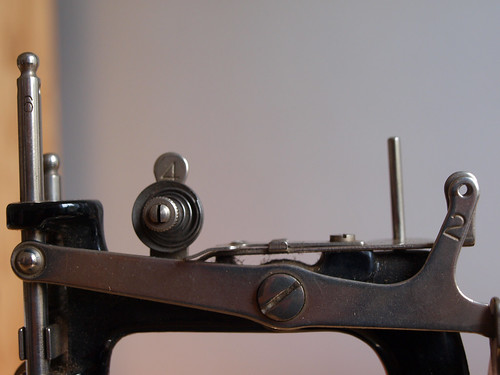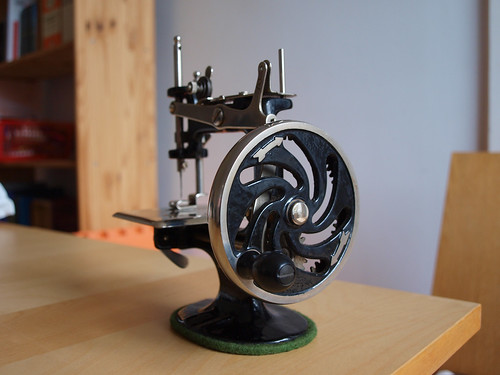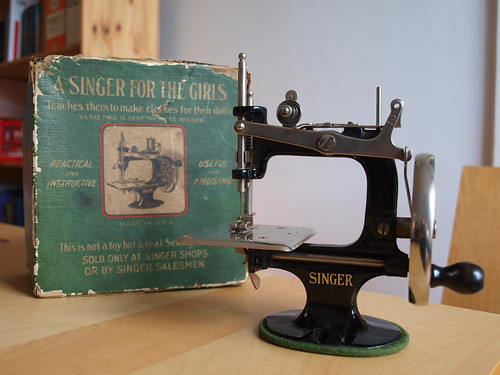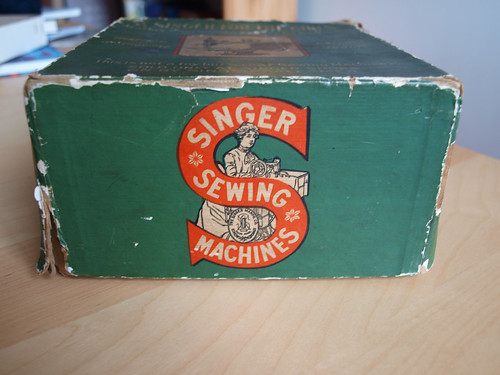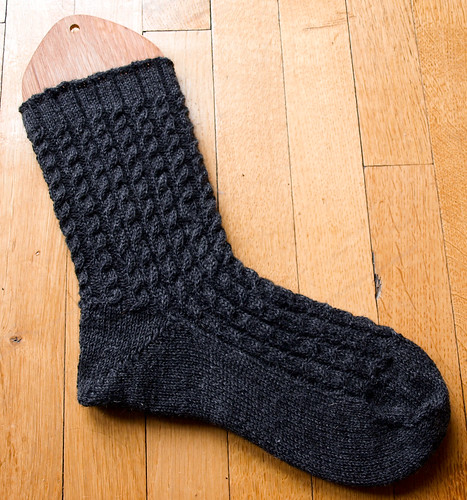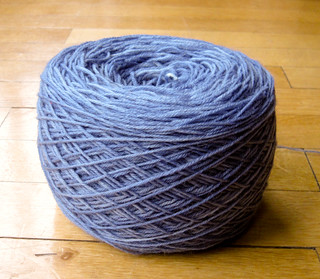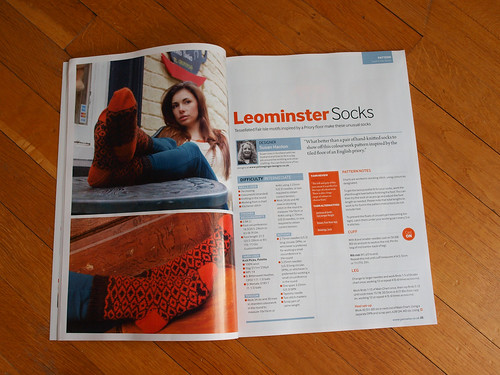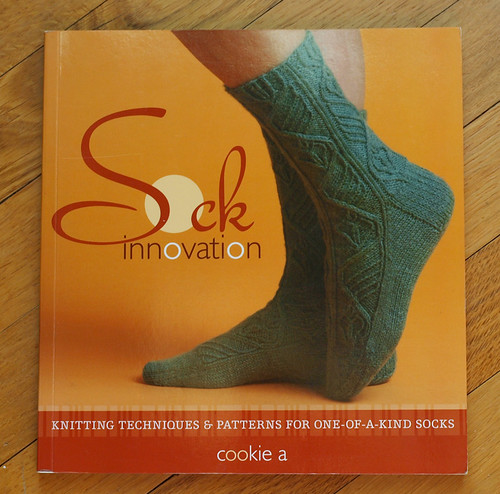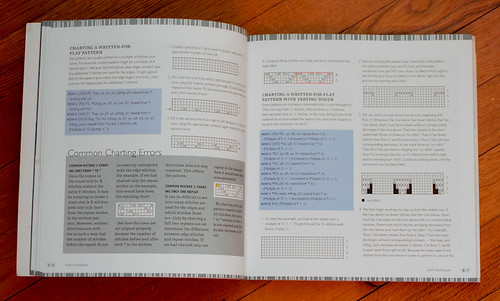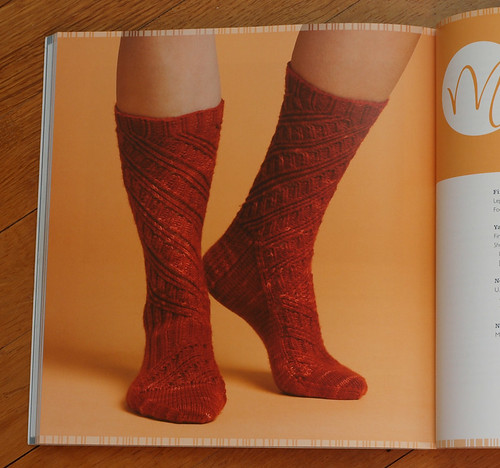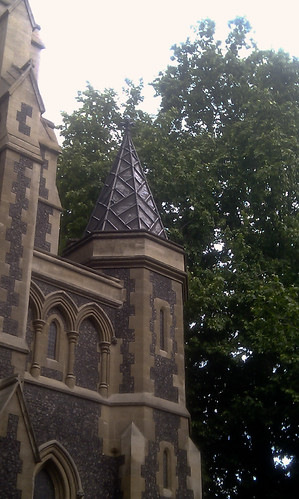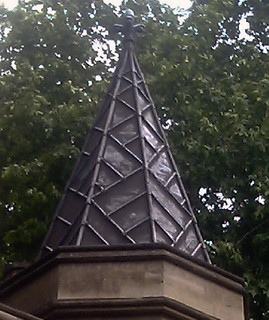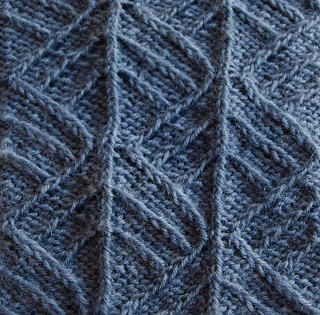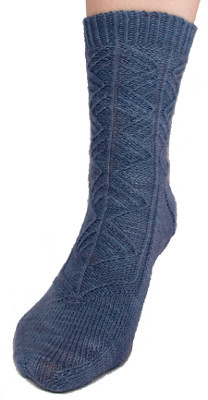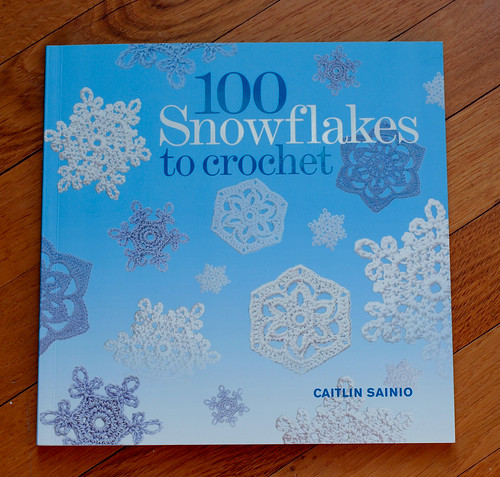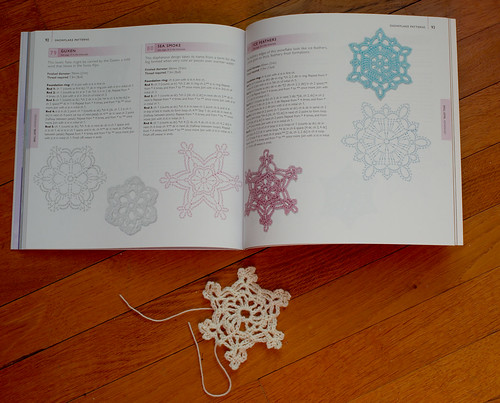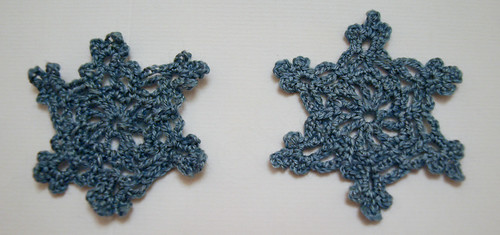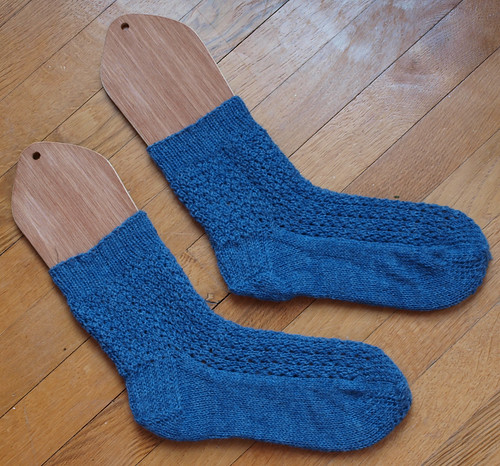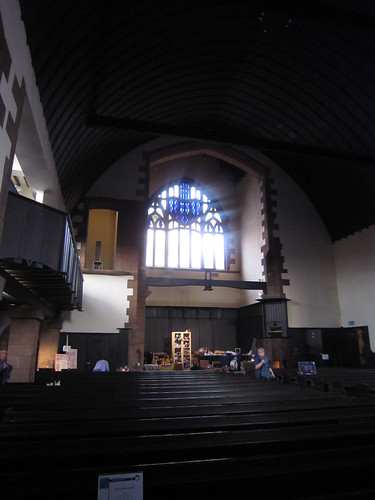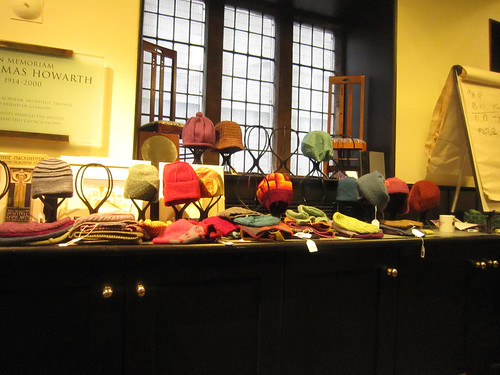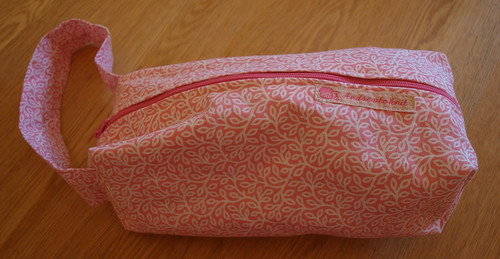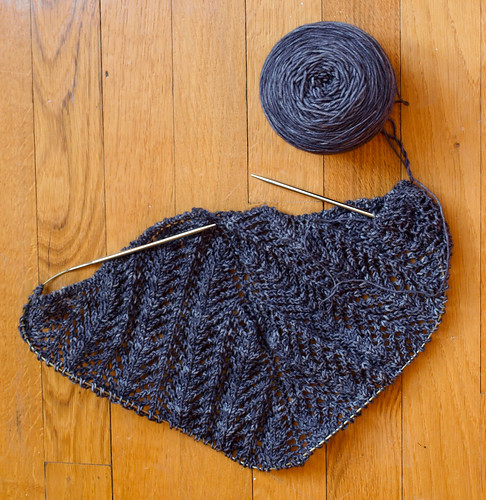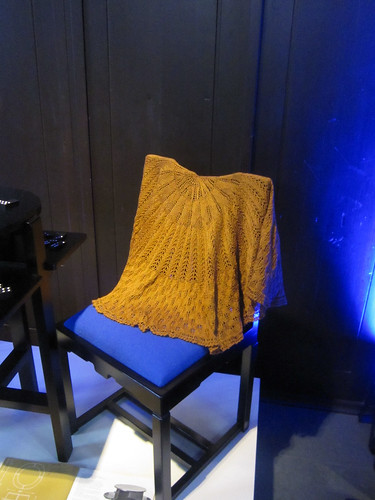I said in my last post that there had been a little bit of knitting while I had been offline but looking back I realise that there was actually quite a lot of knitting just not very many projects.
Most of the knitting went into this:
which is the Tweed Baby Blanket by Jared Flood. The blanket is a modern take (colour-wise) on a very traditional blanket style (garter stitch square knitted on the bias with a feather and fan border).
I’ve been wanting to knit one of these for a long time but, given the cost of the yarn and the effort involved, I was waiting for a good excuse. Becoming an aunt for the first time at the end of April was the perfect excuse!
I used Rowan Felted Tweed DK on 4.5mm needles, which gave a nice drape to the blanket and enough openness to the lace border that I didn’t have to block it. The Felted Tweed is machine washable (which I insist on for baby presents for new parents – they’ve got enough to worry about without worrying about hand-washing woollens). After knitting, I washed the blanket in the machine and then just laid it flat to dry.
I have mixed feelings about the Felted Tweed yarn. I love the colours and the finished blanket is lovely and soft and squishy. However, it sheds a lot even after washing. After knitting with it, my clothing looked like I had been sat on by a small, white hairy dog. As much as I love the finished result, I will need to think very carefully about whether I use the Felted Tweed again in future.
For now, I have to get this blanket posted off before I decide that I’m keeping it for myself!
